Today we continue with the aperitifs very well deserved after a year full of work and sure prosperity, today we will prepare a recipe very to the Mediterranean, in this case, the base of our aperitif will be the olives and with them, we will prepare a pate of olives.
For this pâté of green olives, we can use any type, being of preference to use the variety of arbequinas, since they contain enough fat and that will do that the consistency of our pâté is unique and but spreadable. The only drawback is
when it comes to boning as these are a little small which makes the work a little tedious, but we go nothing that we can not do.
If you live in Spain you are lucky, since olives are produced in this country, and you will be able to get close to any kilometer 0 or agricultural cooperative to choose yourself, considerably increasing the quality.
This is a healthy and nutritious way to get a delicious light snack with just choose additional celery or carrots, and if you want something heavier you can accompany it with bread.
Finally, as it is a basic recipe, you can play with many additional ingredients, you can add garlic, capers, oregano, basil, thyme, pepper, mustard or even nuts.
So let's start with the ingredients and preparation of this delicious recipe.
OLIVADA: GREEN OLIVE PÂTÉ
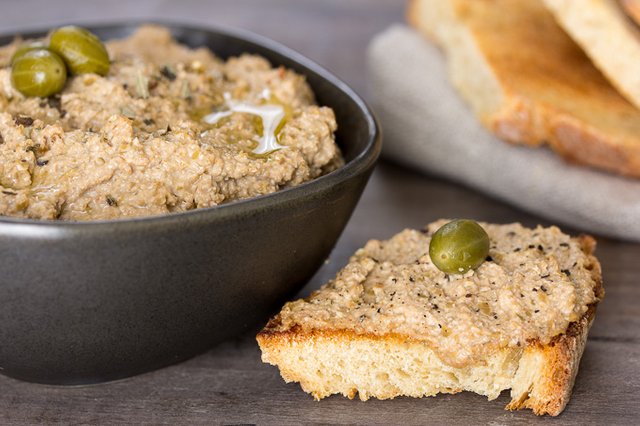

My secrets INGREDIENTS
♡ 150 g pitted arbequina olives
♡ 30 g olive oil

PREPARATION
Cooking time: min
Total: min
We pitted the olives with the help of a knife.
In a food processor, crush the olives with the olive oil until a soft pâté is left.
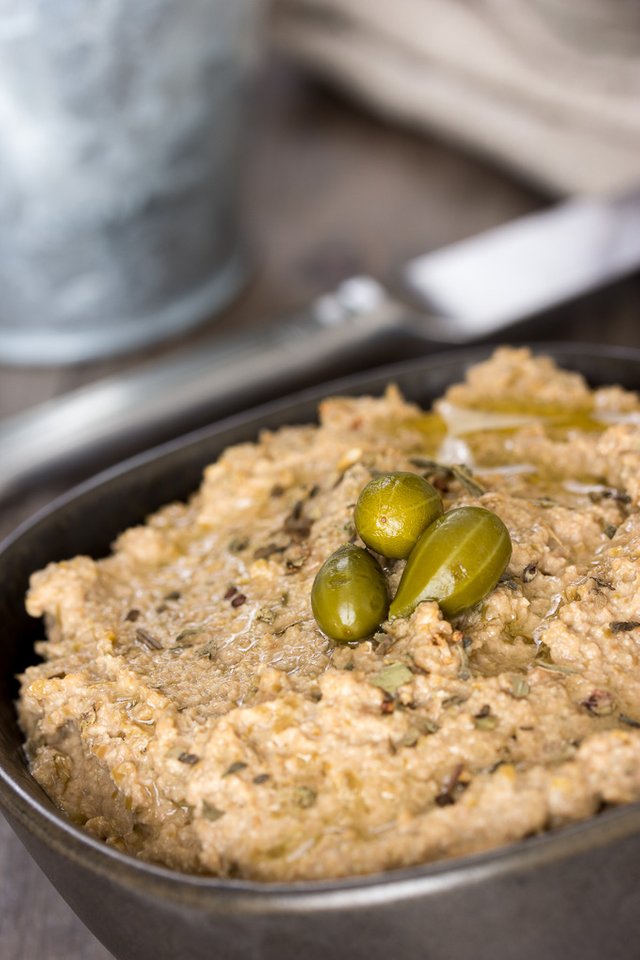
Serve the olivada accompanied by toasted bread or vegetable sticks (carrot, celery, etc.).
NOTES
It can be kept for several days in the refrigerator in a hermetically sealed container.
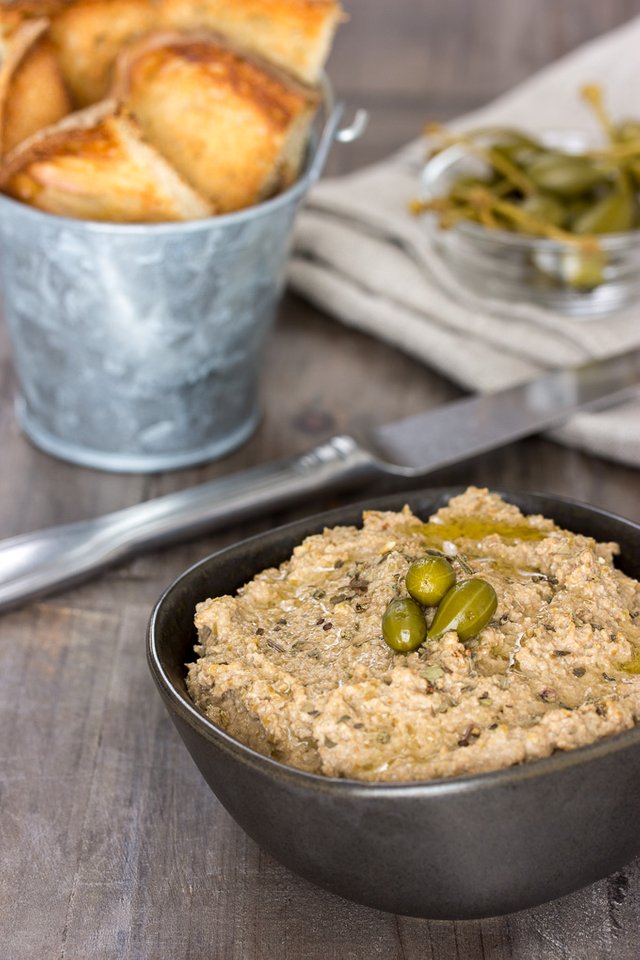
I let you try this recipe and tell me what you think! ;)

Olives Curiosities
The olive tree is a mythological tree
According to Greek mythology, the olive tree was born from a dispute between the goddess Athena and the god Poseidon; both wanted to be protectors of the city of Athens. The gods of Olympus would choose the one who would give the citizens the best gift. Poseidon, with his trident, created a horse; Athena, an olive tree. The gods chose the olive tree of Athena (from it they would obtain wood, food, and oil to illuminate themselves), that's why the city was called Athens.
The Romans were the first to classify the olives
The olive tree, the oil and also the olives have almost 300 references in the Bible.
There are data that assure that they were already consumed in the first century of our era. Columela (Roman writer), in his writings, already pointed out several methods to prepare table olives: seasoned with fennel, with vinegar, in brine...
The Romans classified them that way:
green, mature, almost mature, fallen on the ground and for slaves and animals.
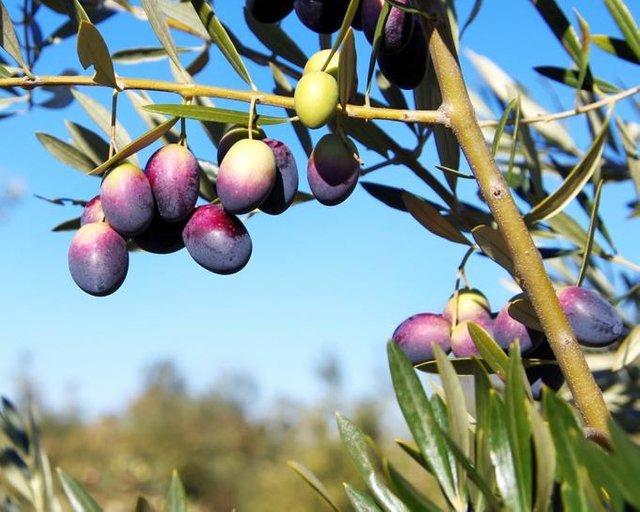
They belong to the group of fruits
Olives are the fruits of the olive tree. They have peel, pulp and seed or stone.
Although they are atypical fruits because they are rich in fats. 75% of their pulp is water, but also stores oleic acid, very beneficial for health, as it increases good cholesterol.
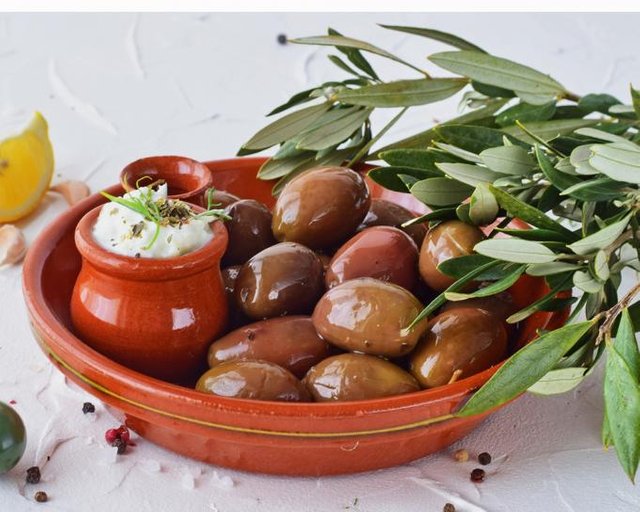
90% of olives are used to make olive oil
There are almost 2000 varieties of olive trees and 270 of them are cultivated in our country.
At present, in Spain there are 2.3 million hectares of olive groves of oil mill; almost half of them are in the province of Jaén. 20% of the world's olive oil comes from this province, thus leading the world markets.
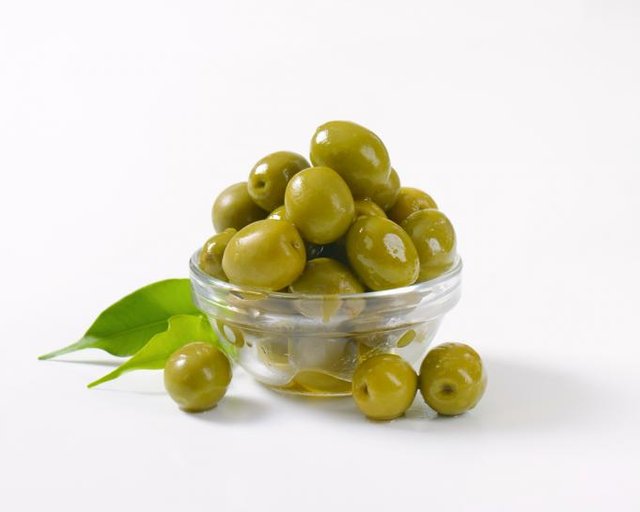
One liter of virgin olive oil is equivalent to 5 kilos of olives
Depending on the type of olive used, the olive oil will have different flavors. Although only in Spain there are planted 270 species of olive tree, only 10 of them are used.

They cannot be eaten directly from the tree
Raw olives are not edible; some varieties need up to a year to be cured (like Cordoba olives).
Due to their oleuropein content (a very bitter compound), they have to be treated. To eliminate this compound, they have to go through a sweetening process, which can take up to 12 months.
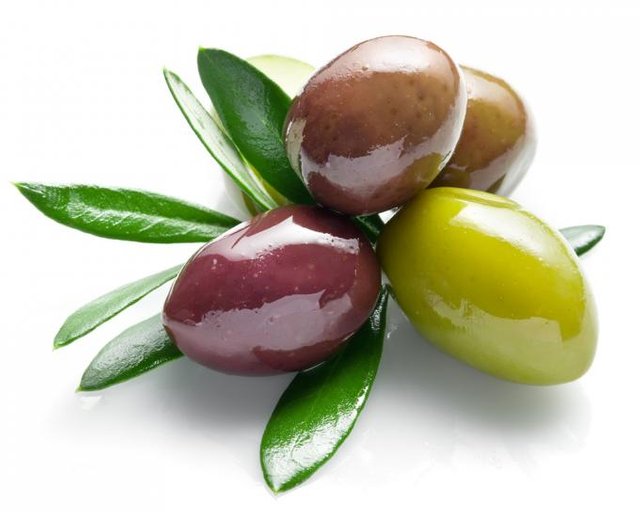
They change color during ripening
That's why some olives are green, others reddish, others black...
The color depends on the stage of ripening in which they are harvested.
The greens have not yet ripened when they are harvested. If they were allowed to mature, they would begin to darken until they were fully ripe; that is when they turn black.

Thank you for reading 😊


Don't miss the FLAMINGIRL'S LASTEST RECIPES!
. Christmas Aperitif, Mini vegan salty Neapolitans
. Christmas Aperitif, Mounted eggplant with romesco sauce


I hope you enjoyed reading this post. If you liked this recipe, don't hesitate to FOLLOW ME, to UPVOTE and RESTEEM.
Thank you for your support, thanks to you I am more and more motivated to write! See you soon for a new recipe!


wow your articles are really good and informative
Downvoting a post can decrease pending rewards and make it less visible. Common reasons:
Submit
Thank you so much my friend! =)
Downvoting a post can decrease pending rewards and make it less visible. Common reasons:
Submit